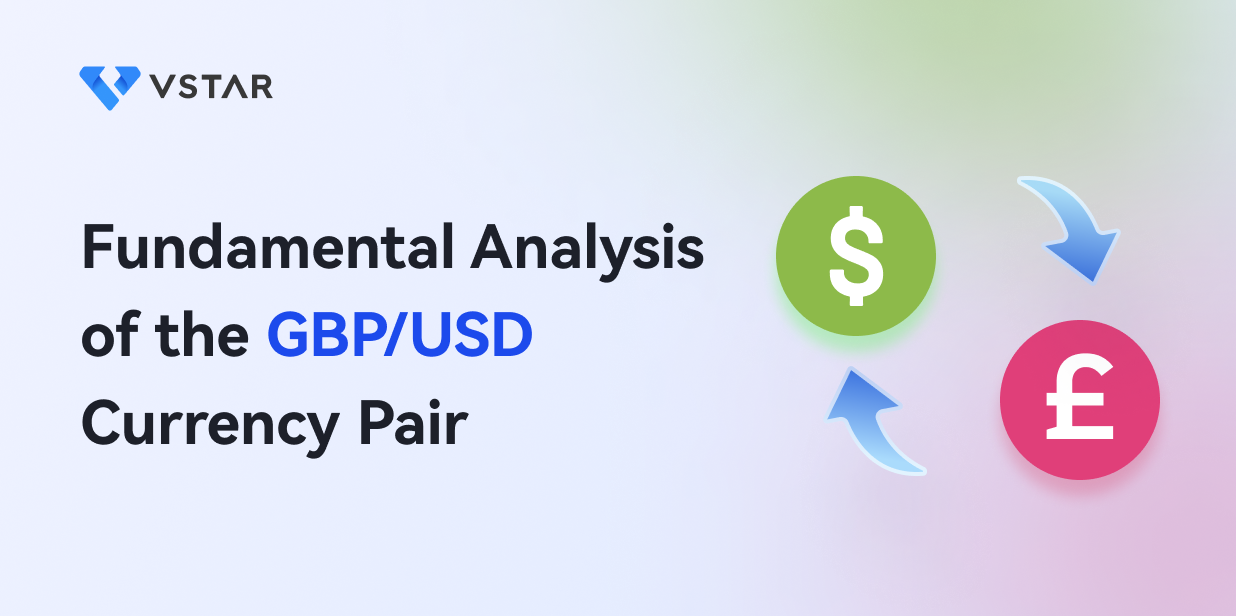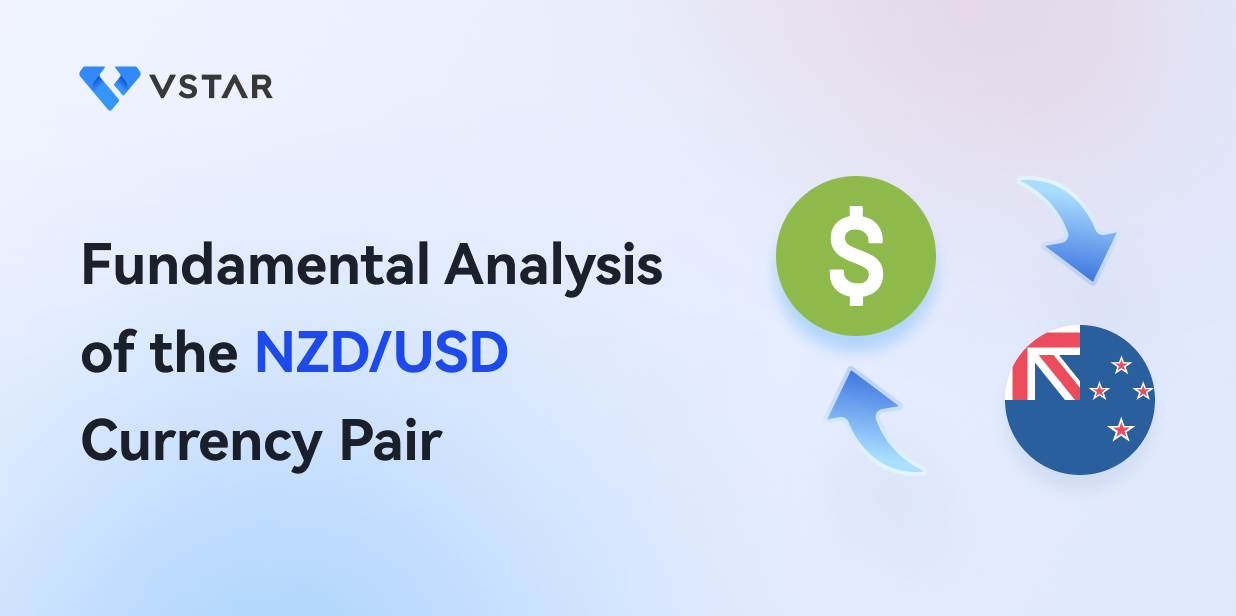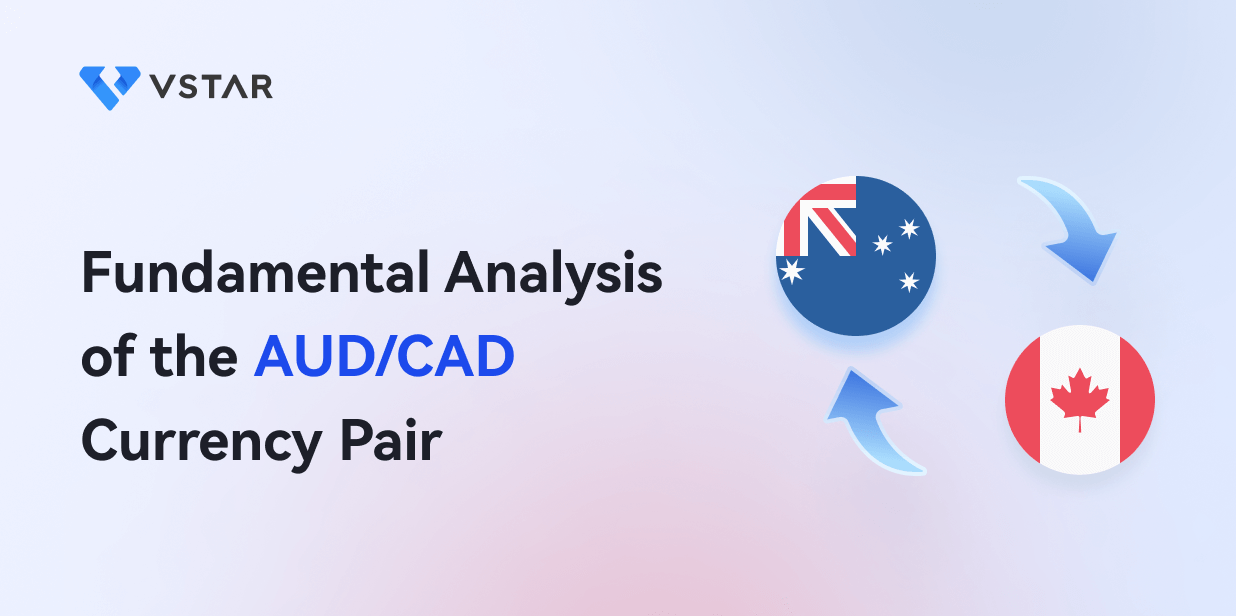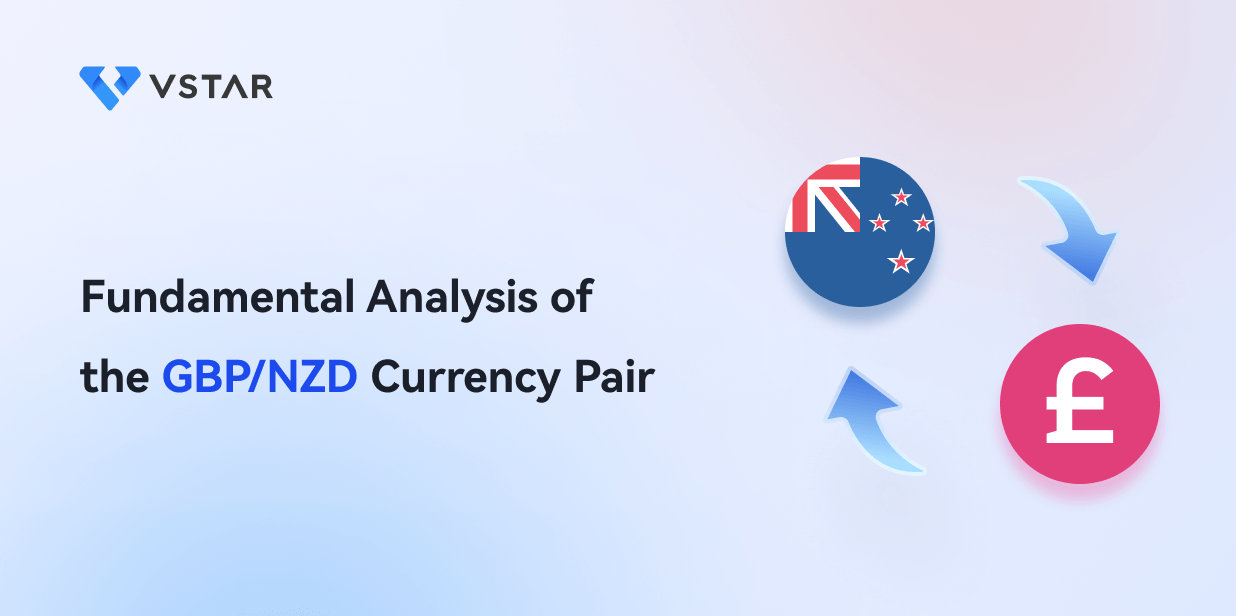The GBP/USD currency pair is among the most popular and actively traded currency pairs in the foreign exchange market. The GBP is the British pound, the currency of the United Kingdom, while the USD is the United States dollar, the currency of the United States. Fundamental analysis is an essential tool for traders who want to understand the underlying factors that influence the value of a currency pair.
Fundamental analysis is a vital tool for traders who want to understand the factors that influence the value of a currency pair. By analyzing economic, financial, and political events, traders can make informed decisions about when to buy or sell a currency pair. Fundamental analysis helps traders identify long-term trends and anticipate changes in the market, providing a complete picture of the underlying factors that influence the value of a currency pair.
In this article, we will explore the fundamental analysis of the GBP/USD currency pair, discussing the importance of fundamental analysis.
Macroeconomic Overview - United Kingdom
The GBP/USD currency pair is influenced by several macroeconomic factors related to the United Kingdom. When trading the GBP/USD currency pair, you should conduct a thorough fundamental analysis to make informed decisions.
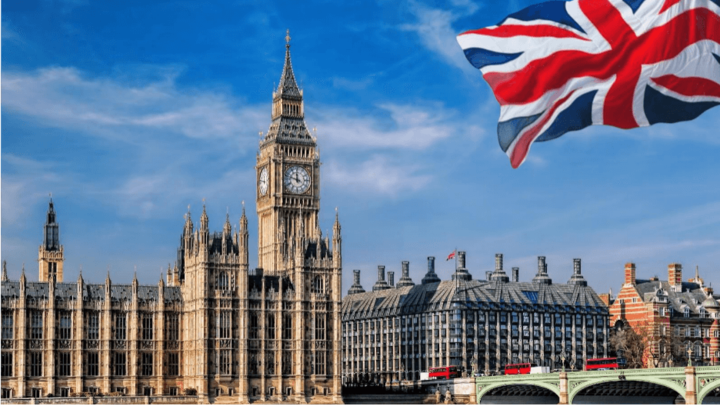
One essential aspect of this analysis is examining the macroeconomic overview of the United Kingdom, which includes a review of economic indicators, monetary policy, and the political climate. Considering these factors, you can develop a more informed and effective trading strategy.
A. Economic Indicators Review
Gross Domestic Product (GDP) measures a country's economic output and growth. In the UK, GDP is primarily driven by the services sector, which accounts for around 80% of the total GDP. The country has experienced steady GDP growth over the past few years, with a growth rate of 1.4% in 2019. However, the COVID-19 pandemic has caused a significant economic contraction, by 9.9% in 2020. However, the economy is expected to recover in 2021 and 2022 with estimated growth rates of 5.3% and 5.1%, respectively.
The unemployment rate is another key indicator of the health of the UK economy. Prior to the pandemic, the unemployment rate had been steadily declining and was at its lowest level since 1975. However, the pandemic caused a sharp increase in unemployment, which peaked at 5.1% in December 2020, but it's expected to rise to 5.8% in 2021 and then decrease to 5.5% in 2022. As the economy begins to recover, the unemployment rate is expected to decline gradually.
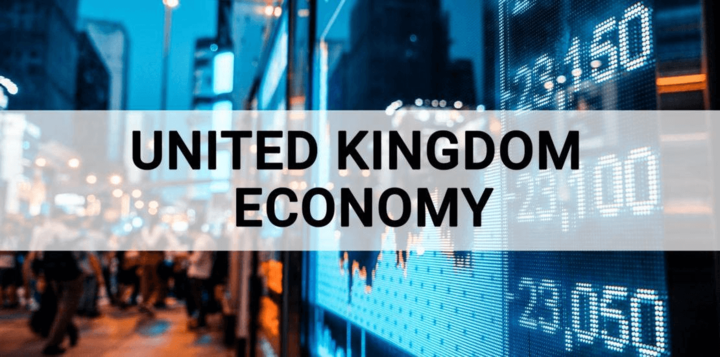
The UK's inflation rate has been volatile recently, with a high of 3.2% in August 2021, mainly due to pandemic-related supply chain disruptions. The Bank of England has set an inflation target of 2%, and it is expected to gradually decrease in 2022 and 2023, averaging 2.1% and 1.9%, respectively.
The pandemic has negatively affected business and consumer confidence, but they have shown signs of improvement in recent months. The UK's business confidence index increased from -0.006 in 2020 to 0.49 in 2021, and it is expected to continue its upward trend in 2022 and 2023. Similarly, consumer confidence has increased from -15 in 2020 to -8 in 2021 and is projected to reach -3 in 2023.
B. Monetary Policy
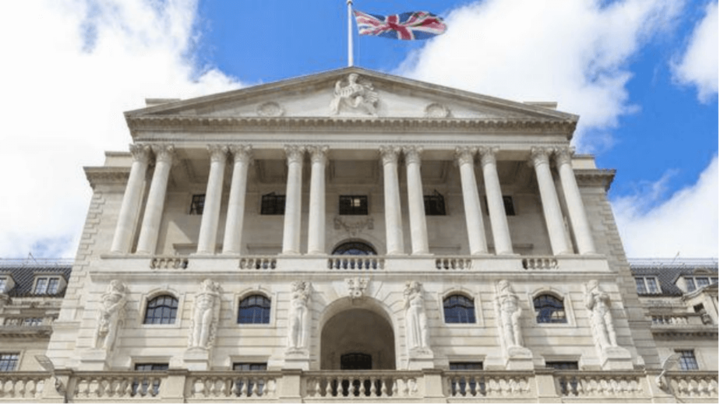
The Bank of England's monetary policy aims to maintain price stability and support the UK's economic growth. In response to the COVID-19 pandemic, the bank implemented a range of measures, including cutting interest rates to a historic low of 0.1% and increasing its asset purchase program. However, it has indicated that it may reduce its support as the economy recovers.
The Bank of England's guidance and economic data have influenced interest rate expectations. Currently, market expectations suggest that interest rates will remain at their current level until the second half of 2023, after which they will gradually increase.
C. Political Climate
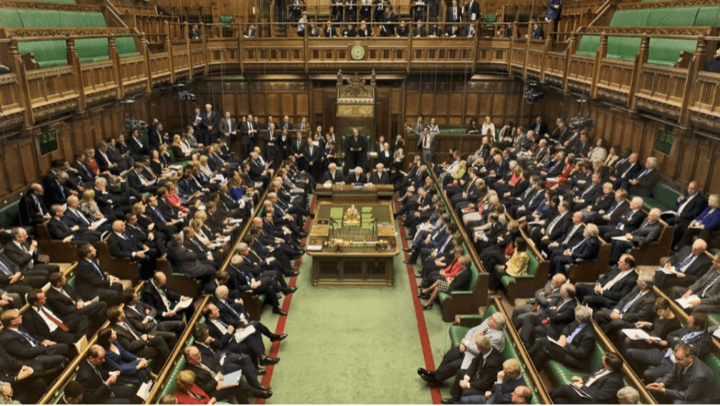
The UK government has implemented various fiscal policies to support the economy during the pandemic, such as the furlough scheme and business grants. However, it is also implementing policies aimed at reducing public debt, which could affect economic growth in the long run.
Brexit has significantly impacted the UK's trade policies, with the country negotiating new trade agreements with various partners. The UK has also recently signed a free trade agreement with Australia. These developments could positively and negatively impact the UK's economy.
Macroeconomic Overview - United States

The macroeconomic overview of the United States plays a significant role in the performance of the GBP/USD currency pair. The economic indicators, monetary policy, and political climate of the United States indicate a positive outlook for the country's economy, which may positively impact the performance of the GBP/USD currency pair. It's important to stay up to date with the latest economic news and developments to make informed trading decisions.
A. Economic Indicators Review
The United States is one of the largest economies globally, with a Gross Domestic Product (GDP) of approximately $22 trillion in 2020. The country has experienced fluctuations in GDP growth, with a decrease of 3.5% in 2020 due to the COVID-19 pandemic. However, it's expected to rebound to 6.8% in 2021 and continue to grow by 3.3% in 2022 and 2.2% in 2023. The unemployment rate in the United States was 6.0% in 2020, but it's expected to decline gradually to 4.0% in 2023.

The pandemic has affected inflation rates in the United States, with a rise to 1.7% in 2021 from 0.6% in 2020. However, it's expected to stabilize at 2.3% in 2022 and 2.2% in 2023, indicating a positive economic outlook.
Business and consumer confidence play a crucial role in the economy's performance, and in the United States, both have shown a positive trend. The Business Confidence Index (BCI) rose to 61.8 in March 2021 from 50.8 in December 2020, indicating increased business confidence. Similarly, the Consumer Confidence Index (CCI) has been on an upward trend, reaching 121.7 in April 2021 from 88.9 in April 2020.
B. Monetary Policy
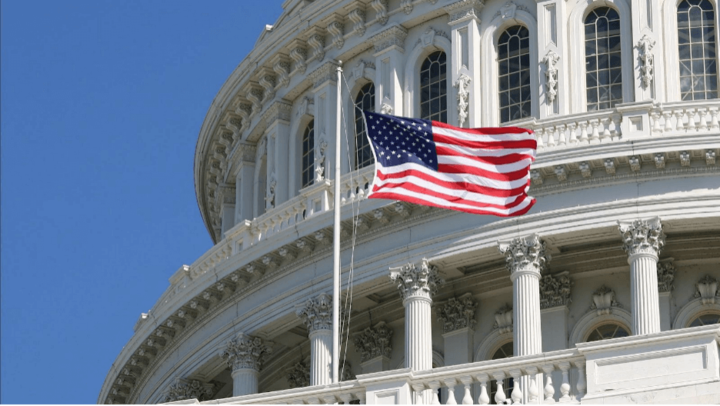
The Federal Reserve's monetary policy has been accommodative to support the economy during the pandemic, with the federal funds rate remaining near zero since March 2020. The Federal Reserve has also been purchasing government bonds and mortgage-backed securities, injecting liquidity into the economy. In November 2021, the Fed announced that it would start tapering its asset purchases in response to the rise in inflation. The Fed is expected to raise interest rates in 2023.
Also, The interest rate expectations for the United States remain accommodative, with no rate hikes expected in the short term. However, with the expected economic recovery, it's possible that the Federal Reserve may adjust its monetary policy to prevent inflation from rising too rapidly. The expected rate hikes are likely to affect the value of the US dollar and, by extension, the GBP/USD currency pair.
C. Political Climate
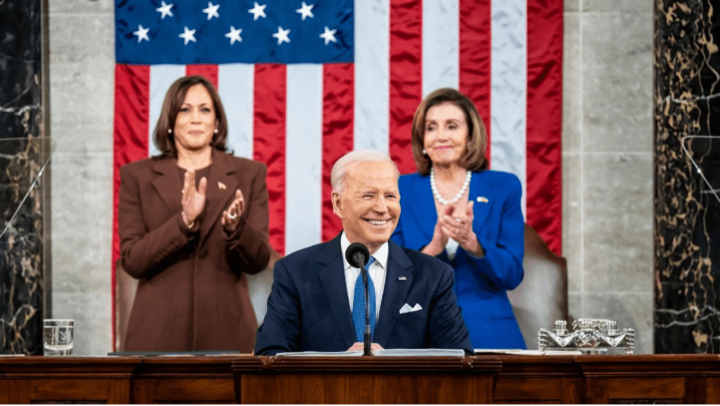
The United States government's economic policies have focused on providing fiscal stimulus to support the economy during the pandemic. In March 2021, President Biden signed a $1.9 trillion stimulus package, which included direct payments to individuals, extended unemployment benefits, and aid to small businesses. The government is expected to continue supporting the economy in 2023.
Besides, the United States trade policies have been focused on renegotiating trade deals with its trading partners, including China, Canada, and Mexico. The Biden administration has also focused on promoting a "Buy American" policy, encouraging the use of domestically produced goods and services also has signaled a desire to take a more multilateral approach to trade and has re-engaged with international organizations such as the World Trade Organization.
Analysis of the GBP/USD Currency Pair
If you are interested in investing in the forex market, understanding the fundamental analysis of currency pairs is essential. Here we will provide an analysis of the GBP/USD currency pair, taking into account relevant economic indicators, factors that could support a bullish or bearish stance and potential risks.
A. Relevant Economic Indicators
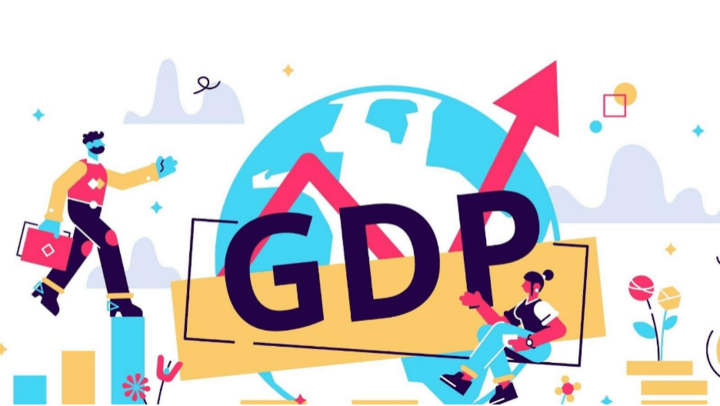
The correlation between the UK and U.S. economies is crucial when analyzing the GBP/USD currency pair. A stronger UK economy can lead to a stronger GBP, and a stronger U.S. economy can lead to a stronger USD. Economic indicators such as GDP growth, inflation rates, and interest rates can also impact the currency pair. In 2020, the COVID-19 pandemic significantly affected both economies. However, in 2021 and 2022, both economies have shown signs of recovery.
The U.S. GDP growth rate was 6.8% in Q3 2021, and the UK GDP growth rate was 2.3% in the same period. The inflation rate in the UK was 3.2% in September 2021, while the U.S. inflation rate was 5.4% in the same month. The Bank of England has raised interest rates to combat inflation, while the Federal Reserve is considering tapering its bond-buying program.
B. Factors Supporting a Bullish or Bearish Stance
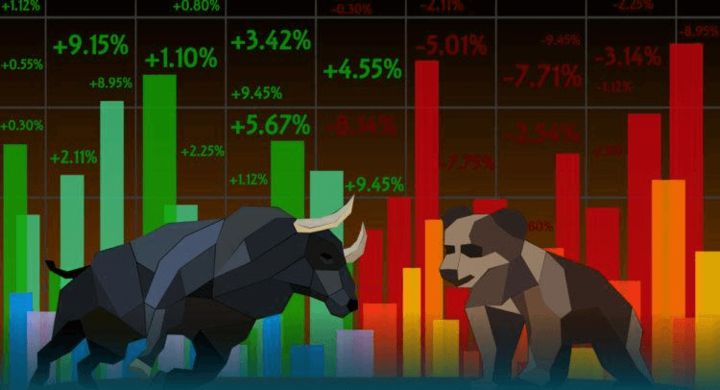
The monetary policies of the Bank of England and the Federal Reserve can impact the GBP/USD currency pair. In 2021, the Bank of England raised interest rates to 0.5%, the first time in a decade, in response to inflation concerns. On the other hand, the Federal Reserve has kept interest rates at near-zero levels and is considering tapering its bond-buying program.
The UK and international trade policies can also impact the currency pair. Brexit negotiations have caused significant uncertainty, and any changes to trade agreements can affect the GBP/USD currency pair.
C. Potential Risks to the Currency Pair

There are several potential risks to the GBP/USD currency pair. Sudden changes in global economic growth can significantly impact the currency pair. Unexpected changes in UK or U.S. monetary policies can also cause volatility. Geopolitical risks, such as Brexit negotiations or political tensions, can also affect the currency pair. In 2022 and 2023, uncertainty surrounding the COVID-19 pandemic and potential new variants could also pose a risk to the currency pair.
Trading Strategies for GBP/USD
Trading the GBP/USD currency pair requires fundamental and technical analysis, risk management, and news trading strategies. By staying informed about economic news releases, using technical analysis to identify trends and patterns, managing your risks, and being prepared to act quickly when the market reacts to news, you can make informed trading decisions and potentially profit from trading the GBP/USD.
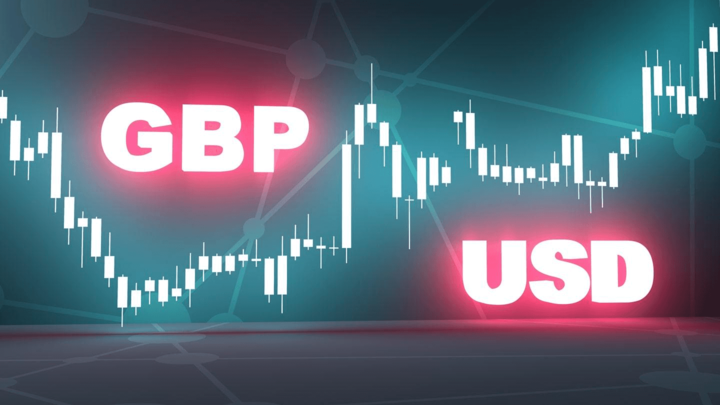
A. Technical Analysis
Technical analysis involves using charts and technical indicators to identify trends and patterns to help traders predict future price movements. When using technical analysis for GBP/USD, you can use various indicators such as moving averages, Fibonacci retracements, and stochastic oscillators to identify potential buying or selling opportunities.
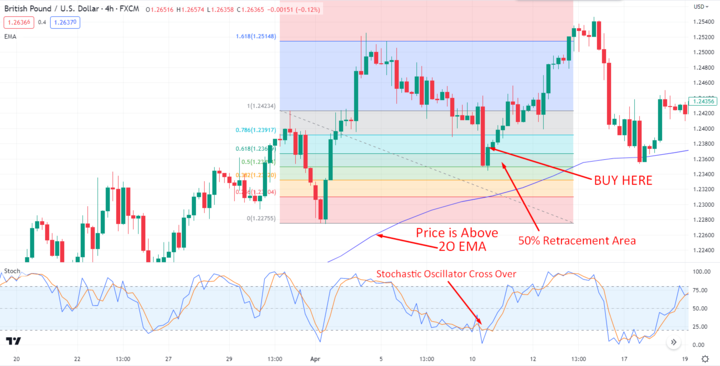
Regarding identifying trends, traders typically look for higher highs and higher lows in an uptrend and lower highs and lower lows in a downtrend. Technical analysis can also help identify potential support and resistance levels to help traders determine entry and exit points.
B. Risk Management
Risk management is a critical aspect of trading, and traders should always have a plan in place to manage their risks. Two essential components of risk management are setting stop-loss and take-profit levels and determining position size based on risk tolerance.

Stop-loss levels should limit potential losses if a trade goes against you, while take-profit levels should lock in profits if the trade goes in your favor. Position size should be determined based on your account size and risk tolerance, with a general rule of thumb being to risk no more than 2-3% of your account on any single trade.
C. News Trading
News trading involves following economic events and data releases and trading based on market reactions to that news. This strategy can be particularly useful for short-term traders who want to take advantage of sudden price movements.

To use this strategy effectively, traders should keep a calendar of economic news releases and be prepared to act quickly when the market reacts to that news. It's also important to note that news trading can be risky, as sudden price movements can result in significant losses if traders are not properly prepared.
Conclusion
The GBP/USD pair presents both opportunities and risks, but with a solid understanding of fundamental analysis and proper risk management, you can confidently navigate the market.
Fundamental analysis is an important tool for traders to understand the long-term trend of a currency pair. Several factors should be considered when analyzing the GBP/USD currency pair. The UK economy is heavily influenced by its service sector, which accounts for a significant portion of its GDP. In contrast, the US economy is more diversified, with a strong focus on technology and manufacturing.
In 2020, the COVID-19 pandemic severely impacted both economies, leading to a drop in the value of the GBP/USD pair. However, in 2022 and 2023, both economies have shown signs of recovery, with the UK seeing a surge in consumer spending and the US experiencing a boost in employment.
Based on the analysis, the overall stance on the GBP/USD pair is neutral to bullish. Several trading strategies can be employed, such as using technical analysis to identify short-term trends or employing a long-term buy-and-hold strategy. It's important to remember that no analysis can accurately predict the future, so risk management is crucial when trading.
